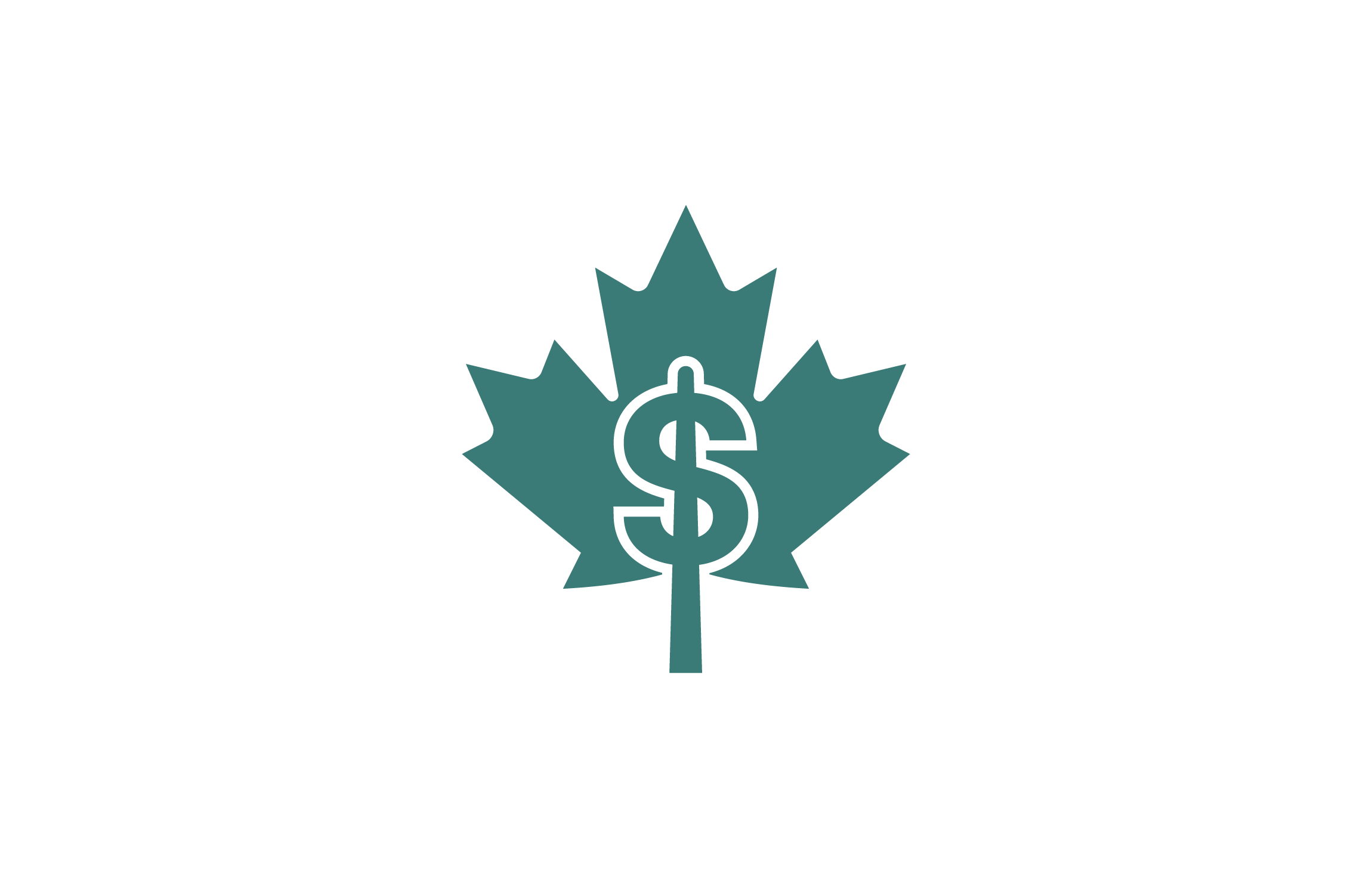How much does the average Canadian really have in savings? The answer might surprise you. Saving refers to the deliberate reduction in the consumption of something, usually money, time, or any other valuable resource.
Personal savings is something most people never realize they should prioritize. And when we eventually do, we often struggle with knowing just how much we need to save.
Most people go on a splurging spree after receiving a paycheck, then they barely have any left to save. In the words of Warren Buffet, “Do not save what is left after spending, but spend what is left after saving.”
In dire times, some of our streams of income may even dry up completely. Our expenses, on the other hand, are limitless.
Unless you’re ultra-wealthy like Elon Musk, we should all set aside a portion of our income today for a rainy day tomorrow.
Reasons for Saving
Here are some reasons why you may want to save your money:
- To fund future investments. A dollar saved and invested today could be worth much more with compound interest.
- To fund future expenditures such as rent, tuition, or your dream wedding.
- To prepare for unforeseen incidents. i.e. surgery, cancer, a lawsuit, or a set of triplets. In life, you never know!
- To fund big ticket purchases. Maybe you are saving for a family vacation, A posh Telsa car, or that new model of iPhone you’ve always wanted.
Measures of National Savings
There are different methods used to measure the level of savings of the citizens of a country. To identify how much each Canadian may have in their savings accounts, we must first identify these measures.
1. Balances in Savings Accounts
Another way of measuring savings is to examine the balances that individuals have in their savings accounts.
Banks usually have different savings products to suit the various individual needs & savings plans. Many incentives are typically added to these accounts to encourage individuals to leave their funds in it much longer. Some even place outright restrictions to access the funds until a particular agreed date.
Some of the incentives used to encourage savings are attractive interest rates, zero minimum opening balance, zero monthly account maintenance charges.
EQ Bank, for instance, claims that its customers can earn significantly more on their savings than with other banks (based on research conducted by Equitable Bank comparing interest rates of base savings accounts offered by Canada’s Big 5 banks).
Example of Savings Account Products in Canada
- Fixed Deposits
- Target Savings
- Kids Savings
- High-Interest Savings Account
2. Household Savings Rate
Household savings show how much households are saving out of current income and how much value they have added to their net worth.
A typical measure of household savings is RRSP balances.
What is RRSP?
The Registered Retirement Savings Plan (RRSP) is a savings scheme that you set up mainly for the purpose of preparing for retirement.
RRSP is a scheme introduced by the Canadian government to encourage people to prepare for the inevitability of old-age by setting aside a portion of their earnings from their active years. In most countries, retirement begins at 65.
In their annual RRSP study, the Bank of Montreal (BMO) reported that as of Q2, 2020, over 69% of Canadians held at least $111,922 ($142,251 CAD) in their RRSP.
As Canadians continue to take on more debt pushing household debt figures higher than ever, they could be putting the future and their savings at risk.
This indicates that the average savings of Canadian households are currently at an all-time high. In fact, during the pandemic, Canadians amassed a whopping $212 billion in their savings account, compared to $18 billion in 2019.
However, it’s not all gloss, as reports show that Canadians are now prioritizing savings over paying down debt. In essence, people are now forgoing debt payments such as credit cards and mortgages while accumulating more savings.
Factors Influencing Higher Savings in Canada
1) Covid 19
The pandemic has been very rarely associated with anything positive in the media. And deservedly so. However, in the finance world, it caused varying effects in different sectors.
Household savings in Canada is one area that has seen a drastic improvement since the start of the global pandemic.
Before the pandemic, Canadians saved just 2-3 percent of their income, but that has since jumped to 28.2% in Q4, 2020.
The big question now is whether the extra money will go toward paying down the mounting household debt or if it will be spent on the consumption of goods and services. A recent Nanos Research Group poll in early 2021 indicates that 3 out of four Canadians will pay down debt or retain a level of savings.
2) Rising Income
The income of the average Canadian has been on a steady rise over the past decade. In economic theory, higher disposable income is typically associated with an increase in savings.
Age: According to Statista, the average Canadian is in their 40’s. The age group with the highest savings are people in their 40-50’s as they often feel that they are beginning to approach retirement.
Canada’s relatively maturing population is a key factor that has driven saving rates upwards.
3) Economic Uncertainty
In times of uncertainty, people panic and tend to spend less. A lot of panic buying is observed, but most people only focus on buying food and essential household items.
4) Government Policy
Canada’s government has also reacted by trying to give palliatives such as tax breaks and transfer payments to cushion the effects of the economic recession caused by the pandemic.
Therefore, the dramatic rise in savings rate can be attributed to increasing disposable incomes due to the Canadian government transfers to its citizens. This includes emergency wage benefits and tax breaks for eligible companies.
Shutdowns of restaurants, hotels, and other outlets for discretionary spending to curtail the spread of Covid-19 have also contributed to the significant drop in average Canadian Household spending.
How Much Does The Average Canadian Have in Savings?
According to Statistics Canada, Canadian households had average net savings of $1100 CAD in 2018. This figure had since increased by 1.7% in 2020.
How much does the average Canadian save per month?
The average Canadian saving rate between 1961 to date is 7.61%.
This historically-adjusted savings rate helps us remove the effects of the sudden rise in savings that have been forced due to reactions to the pandemic.
After deducting taxes and the cost of living necessities (i.e. Rent, food, and transport) Canadians are only willing to save 7.61% of what is left.
If the average monthly income of the average Canadian is $65,000 CAD, a 7.61% brings us to about $412 CAD in monthly savings.
How Much Do Canadians Save Annually?
If we evaluate this on an annual basis, that will bring us to average yearly savings of $4,944 CAD.
The historical savings rate of 7.61% is well below the 10% recommended by experts.
| Canadian Annual Savings rate 2018-2021 | |
| Year | Savings rate |
| Jul 2018 | 1.3% |
| Jul 2019 | 3.1% |
| Jul 2020 | 28.2% |
| Jul 2021 | 14.2% |
Source: Trading Economics
Why Do Canadians Suck at Saving?
There are many reasons why Canadians suck at saving. Spending beyond our means and the rising cost of living are the most common of them. You will have noticed that outside of the pandemic, the Canadian savings rate is typically very low compared to our overall spending.
There is also the anticipation of further spending as the pandemic restrictions begin to ease. A poll done by the Bank of Canada suggests that respondents will spend one-third of their extra savings accumulated during the pandemic during the coming years.
The most significant, however, is the lack of financial education. Money seems to be a taboo subject in most households. This means minimal financial information is shared and everyone is left to figure it out for themselves.
A lot of our financial habits are picked up in childhood. And long-standing habits, they say, are hard to break.
Most people subconsciously pick financial spending habits up from their favourite movie heroes and rockstars. Observing them as big serial spenders, consistent fine dining, designer wears, and annual vacations.
This creates a false view of what healthy financial situations look like.
Until adulthood, some people do not become aware of simple concepts such as saving plans and budgeting. By that time, it might be too late.
Conclusion
If you want to improve your financial situation, start saving more! The recommended saving rate by global finance experts is 10% of your annual net income.
Saving Tips
- Get informed.
- Be consistent.
- Be disciplined.
- Get a financial planner to help you work out your budget.
- Always Monitor your spending.
- Monitor your balances and returns.
- Set a realistic savings target.
- Occasional splurging is okay. YOLO!












